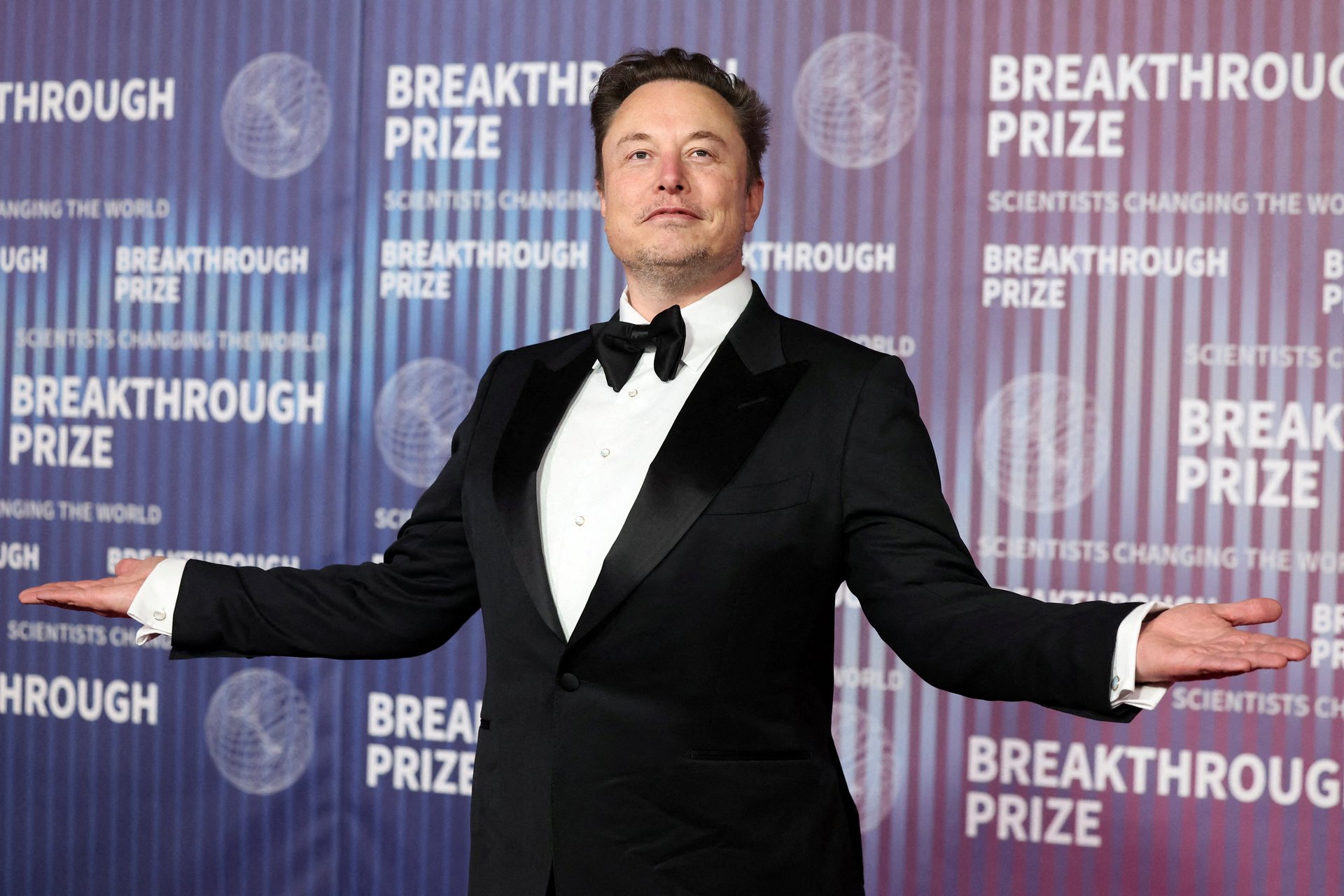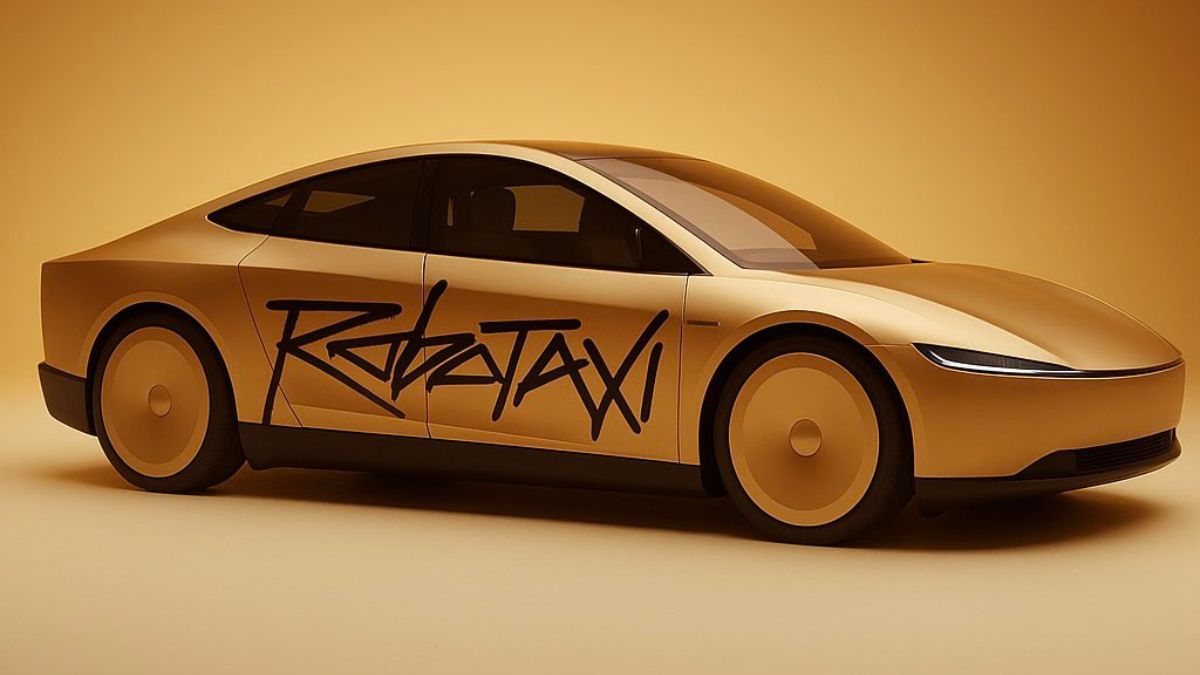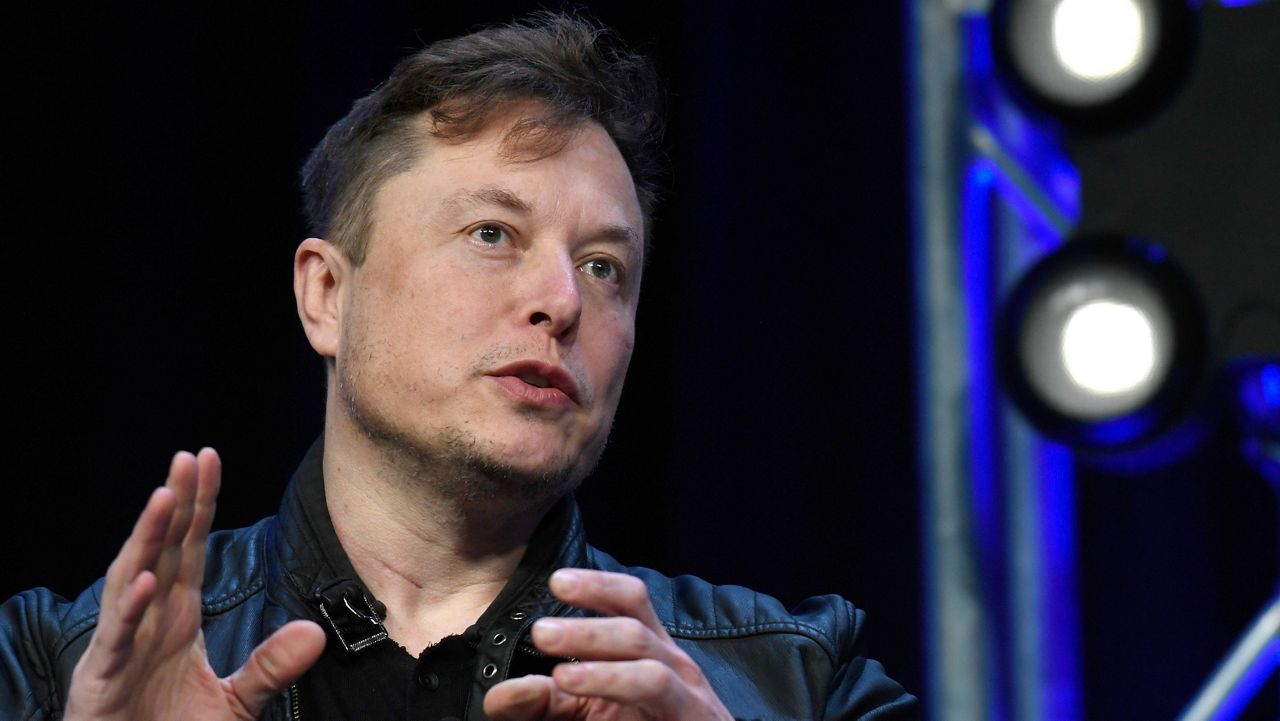Tesla officially rolled out its long-anticipated robotaxi service in Austin, Texas, on June 22nd, marking a milestone that Elon Musk has teased for years but struggled to deliver until now. Although it’s far from the fully autonomous revolution once promised, Tesla’s pilot program offers a unique hybrid model—one where automation meets human oversight, all for the headline-grabbing flat fare of $4.20 per ride.
The launch has prompted mixed reactions from invite-only users, raising both excitement and skepticism about whether Tesla’s robotaxi service is truly ready for prime time.
The service, which currently operates a small fleet of 10 to 20 Model Y vehicles bearing “Robotaxi” branding, functions within a geofenced and heavily pre-mapped area of Austin. The zone is deliberately limited to mitigate operational complexity, bordered by major roads such as Highway 183 and the Colorado River, while avoiding high-risk elements like bad weather, highways, airports, and convoluted intersections.
Operating hours span from 6 AM to midnight, another conservative design choice aimed at sidestepping nighttime hazards.

Despite the company’s grand ambitions, the rollout was anything but seamless. The robotaxi app was not made available to several invitees until well into the afternoon, with many influencers reporting extended wait times and general confusion about how to locate their summoned vehicles.
Sawyer Merritt, a well-known Tesla enthusiast and content creator, expressed frustration on X (formerly Twitter), noting that he watched 30 Waymo vehicles pass by before finally seeing one Tesla robotaxi on the street. Musk chimed in at 1:12 PM, confirming the service would be accessible later that day and reiterating the flat fee of $4.20—a number that has often served as Musk’s signature nod to cannabis culture, but one that some consider a tone-deaf joke given the seriousness of autonomous safety.
Tesla’s website was updated in tandem with the launch, introducing a new robotaxi hub featuring service rules and rider guidelines. As of now, participation is strictly invite-only, and many of the first users were vocal Tesla supporters, raising concerns about the objectivity of early feedback. The company hasn’t disclosed when it intends to scale the program or open it to the broader public.
One of the most notable differences between Tesla’s robotaxi model and its competitors lies in its unique use of in-vehicle “safety monitors.” These Tesla employees ride in the front passenger seat and are authorized to intervene in emergencies using a manual kill switch.

Unlike other self-driving services, such as Waymo and Cruise, which utilized safety monitors only during early testing phases, Tesla is incorporating them into the commercial launch, indicating that true autonomy remains elusive.
Even more intriguing is Tesla’s reliance on remote support. The vehicles are backed by teleoperators stationed in a command center, as confirmed by Ashok Elluswamy, head of Tesla’s Autopilot division. He shared an image of dozens of personnel overseeing multiple live feeds from robotaxi cameras, describing it as the company’s “robotaxi launch party.”
The ability to connect to a live operator during a ride adds a crucial layer of human oversight, though not without hiccups. In one instance, a rider pressed the “support” button and waited nearly two minutes to be connected with an operator, only to experience poor cellular quality during the exchange.
Once inside the vehicle, riders are instructed via the rear touchscreen to fasten their seatbelts. They can then initiate the journey either through the in-vehicle display or the mobile app, both of which mirror the functionality of a traditional ride-hailing interface.

Notably, the system is integrated with the rider’s existing Tesla profile, which allows for a personalized user experience complete with music apps and saved playlists appearing automatically.
The ride experience, as shared through livestreams and social media posts, was generally smooth and uneventful—a good sign for Tesla’s engineering, but less so for creating viral moments. Common situations such as pedestrians, U-turns, and construction were handled with competence, with speeds generally staying under 40 mph. Some testers described the experience as “like Uber,” and others quipped that trying to find their designated vehicle felt like “robotaxi hunting,” a tongue-in-cheek comparison to the mobile game Pokémon Go.
One consistent issue, however, was confusion around pickup locations. Several riders noted difficulty locating their robotaxis even after arrival notifications were received, suggesting the need for improved location coordination between the app and vehicle.
Once identified, passengers were asked to verify their identity by showing the robotaxi app to the onboard safety monitor—another step that would need replacement in a future fully driverless iteration.
Tesla’s front screen shows a visualization of the car’s surroundings similar to that used in the consumer Full Self-Driving (FSD) beta, although Musk has previously said the robotaxi version runs on a unique, more advanced build. Still, features appeared limited compared to what current Tesla owners experience.
![Tesla Robotaxi Day 1: Significant Screw-up [NOT OC]](https://external-preview.redd.it/tesla-robotaxi-day-1-significant-screw-up-not-v0-bHFxOHpvZDBoazhmMTSXAVPblkZEVI45DDwD14iKGXcdTC9ccUSNfcFHPVR4.png?format=pjpg&auto=webp&s=d98a7a1d4daa93ed356ce3e963733178e08761f2)
In one case, Chuck Cook, another tester, pointed out missing elements in the visualization, such as manual override options or steering visualization data, which might impact a user’s confidence in the system’s decision-making.
Tesla’s launch in Austin places it in direct competition with Waymo, which already operates more than 1,500 fully driverless vehicles across several major U.S. cities, including Phoenix, San Francisco, and Los Angeles. Waymo is planning expansion into Atlanta, Miami, and Washington, DC, and aims to grow its fleet to 2,000 by next year. In contrast, Tesla’s fleet in Austin is still in its infancy and heavily reliant on both human safety monitors and remote oversight.
The stakes are high for Tesla. A successful robotaxi launch could validate years of research and development poured into FSD and potentially unlock a lucrative new revenue stream. Musk has stated previously that the robotaxi business could generate trillions in future valuation, and the company has long promised that every Tesla sold could one day become part of an autonomous fleet, earning passive income for owners.
But Tesla’s approach—eschewing LIDAR sensors in favor of camera-only vision and declining to use driverless permits during commercial rollout—sets it apart, and not necessarily in ways that inspire regulatory confidence.

Indeed, scaling beyond Austin may be Tesla’s most formidable obstacle. While Texas offers a relatively friendly regulatory environment, California presents a far more complex maze of permits, safety audits, and public transparency.
Waymo and Cruise have spent years navigating California’s Department of Motor Vehicles and Public Utilities Commission to win approval for driverless services. Tesla, meanwhile, has clashed with regulators in the past and is likely to face intensified scrutiny should it attempt similar expansions in more tightly controlled jurisdictions.
Another question remains around public trust. Tesla’s FSD beta has drawn criticism and regulatory attention over its branding and real-world safety incidents. The use of in-vehicle human monitors, chase cars, and a clearly geofenced route all signal that the company does not yet trust its own system enough to operate it freely.
And yet, through the clever marketing of a flat $4.20 ride, Tesla has positioned the rollout as accessible and revolutionary, even if the reality remains a cautious and highly supervised test.

Still, for the Tesla faithful and tech enthusiasts, the launch is historic. It marks the first time Tesla has opened up a functional commercial self-driving service—even in limited fashion—and signals the beginning of what could be a massive shift in how we perceive transportation.
Whether this program remains a niche pilot or evolves into a mass-market juggernaut depends on how quickly Tesla can solve the remaining technological, regulatory, and logistical hurdles.
In summary, Tesla’s robotaxi rollout in Austin is a fascinating hybrid of ambition and caution. It isn’t the robo-revolution Musk once promised, but it’s a tangible first step, one that mixes automation with manual oversight, experimentation with established norms, and marketing flair with operational conservatism.
The road ahead is long, but the journey has finally begun—with a $4.20 fare and a silent safety monitor in the front seat.



-1749482411-q80.webp)
-1749482120-q80.webp)